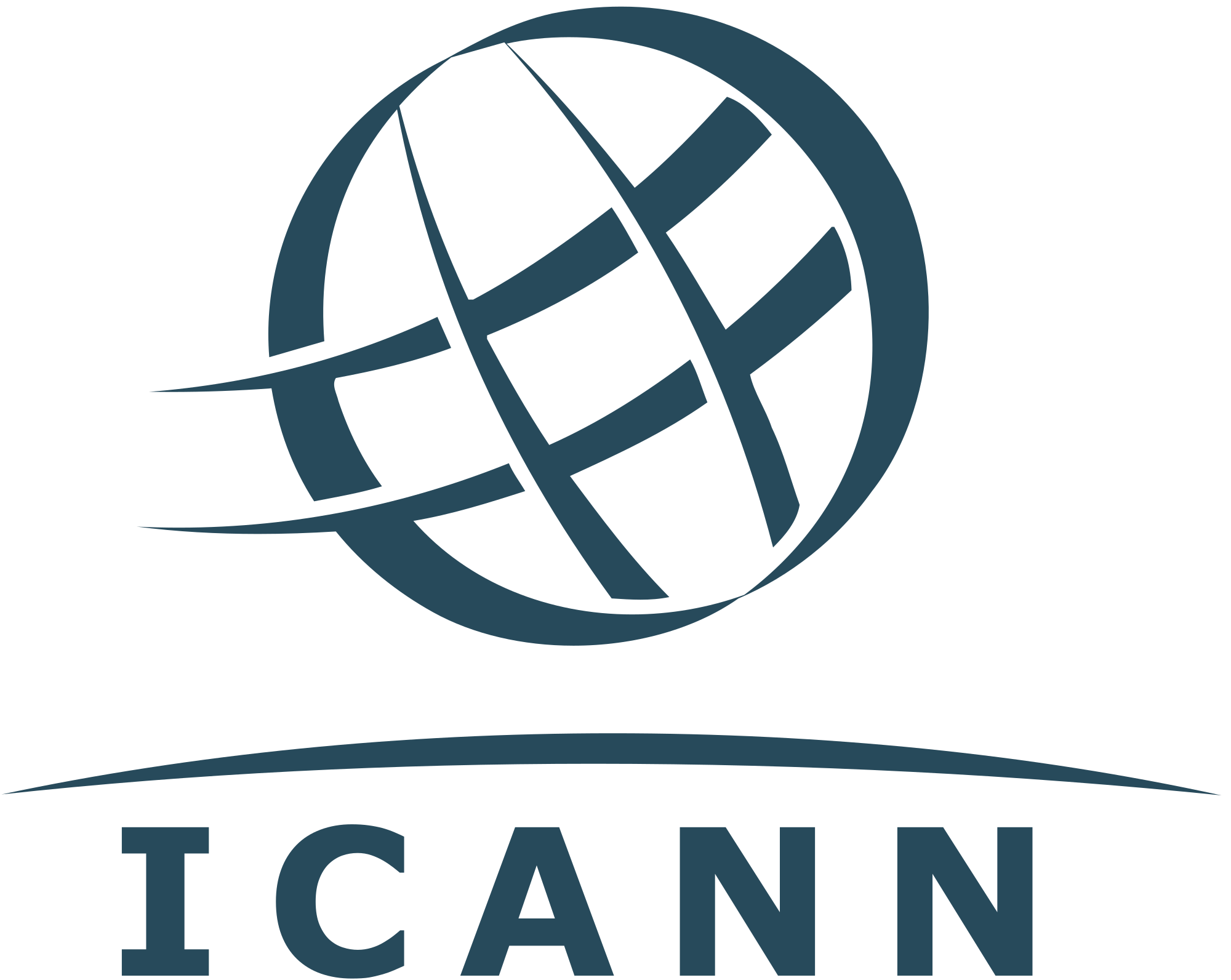For the first time in its history, ICANN – the Internet Corporation for Assigned Names and Numbers – received an unusual request: to remove the Russian top-level domain name (TLD) “.ru” so that no website with that domain may be accessed from anywhere on the planet. Mykhailo Fedorov, Ukraine’s deputy prime minister, has urged ICANN to cancel Russian domains, including.ru, and to shut down Russia’s root DNS servers in Ukraine. If permitted to continue, such practises could result in mass destruction of economies and information systems. The Global Community and the Internet Corporation for Assigned Names and Numbers (ICANN) acted responsibly and declined the request to shut down the Internet.
“Our mission does not extend to taking punitive actions, issuing sanctions, or restricting access against segments of the internet —regardless of the provocations.” Goran Marby, President ICANN said in his response to Ukrainian.
The Internet is a vital piece of infrastructure. It cannot be completely shut down by a single country, but its use as a weapon of war has the ability to destroy the economy, essential infrastructure, and services in the same way that carpet bombing does. As the globe faces its biggest crisis since World War II, the issue about data localization has resurfaced. Ukraine is attempting to shut down Russia’s internet, while Russia responds with cyber-attacks. We are all aware of our reliance on Apple’s iPhone, Android, Mac, and Windows, all of which are owned by American corporations. In today’s environment, can a sovereign country envisage functioning without these tech companies? What if India finds itself in a position with the United States, and the entire country is caught in the cleft?
This is the time to wake up and solve the puzzle through smart thinking and planning. The lesson to be learned from the Russia-Ukraine war in the field of information technology (IT) is to establish local capabilities. India’s e-commerce policy encourages the location of computing infrastructure within the country and places restrictions on businesses that gather or process “sensitive data” in India and store it outside. India needs to get its act together. A simulated drill with external connections cut down for a day to test if India functions normally would be a great situation for personal experience of the obstacles one may encounter in the event of war and external aggression from a digitally superior enemy.
We must ensure that everything we use in our everyday lives is based on Indian digital infrastructure. It is vital to develop intellectual property in India and to encourage enterprises who are doing so, particularly in India. We also need to determine the local focus on India’s strategic goals, such as overcoming the language barrier to get people online. The fundamental question is who owns data, who manages service continuity, and who will profit financially from the data that we as individuals and communities contribute on a regular basis. An individual holds data but lacks the financial means to profit from it.
Companies, on the other hand, do not own data but derive significant monetary value from their computer capabilities. So, how can individuals or communities, who are the true owners of data, profit from it? Data is the new “oil,” and corporations like Facebook have already declared that if compelled to meet data localization laws, they are willing to be blocked in a few countries. On a daily basis, $3 trillion in cross-border data flows throughout the world. Any sovereign country’s options are limited because it must choose between a globalised economy and the closure of digital borders. The traps along this winding road have the potential to send the economy back to the Stone Age.
Long-term benefit for India Data is crucial in the digital age of artificial intelligence and machine learning, and access to massive amounts of data is essential. Citizens and businesses can now put data onto government-owned servers and employ bhashani AI models in their software as part of India’s new “bhashani” effort. This is only one example of people profiting off their own data. India’s mandate for data localization is an attempt to ensure that the advantages of data accrue to its population. The creation of more jobs, money, and revenue for the government will result from the establishment of data centres within the domestic area.
Individuals profit indirectly through ‘trickle-down’ effects, despite the fact that there are no direct benefits from data localization. We must also remember that more than 80% of the population does not understand English, and our internet is generally available exclusively through domain names and email addresses in English. The Indian government has taken various initiatives to tear down the barriers, but businesses and individuals must wake up and support those policies by using local services, local domains (.in or.com), internalising email addresses, and assuring the usage of Indian servers, software, and vital services.
Only by taking charge of our digital destiny can we hope for a self-sufficient India. Innovation and investment are required. Prime Minister Narendra Modi’s goal for a new India is the Atmanirbhar Bharat Abhiyaan, or Self-Reliant India campaign. The five pillars of Atmanirbhar Bharat are, in my opinion, the economy, infrastructure, system, demography, and demand. The goal is to make its residents self-sufficient and autonomous in every way. Atmanirbhar Bharat will make India self-sufficient by establishing an eco-system that would enable Indian businesses to compete globally. We may face crises of varying magnitudes with unforeseeable consequences, and we must prepare ourselves sooner rather than later.
It is past time for India’s great brainpower to be put to use in developing solutions for Bharat, or India. It is past time for our government, local enterprises, and corporations to consider hosting their websites in Indian data centres, hosting their email on Indian servers, and reducing their reliance on foreign hosts in India. India is developing its own infrastructure at a gradual pace. Paytm, the UPI payment system, Aadhar, the Unique ID for Every Citizen, Koo, India’s equivalent to Twitter, Lehre, the clubhouse, and XgenPlus for Google workspace or Microsoft exchange are India’s responses to rising to the challenge. India requires infrastructural development in order to combat global monopolies.





